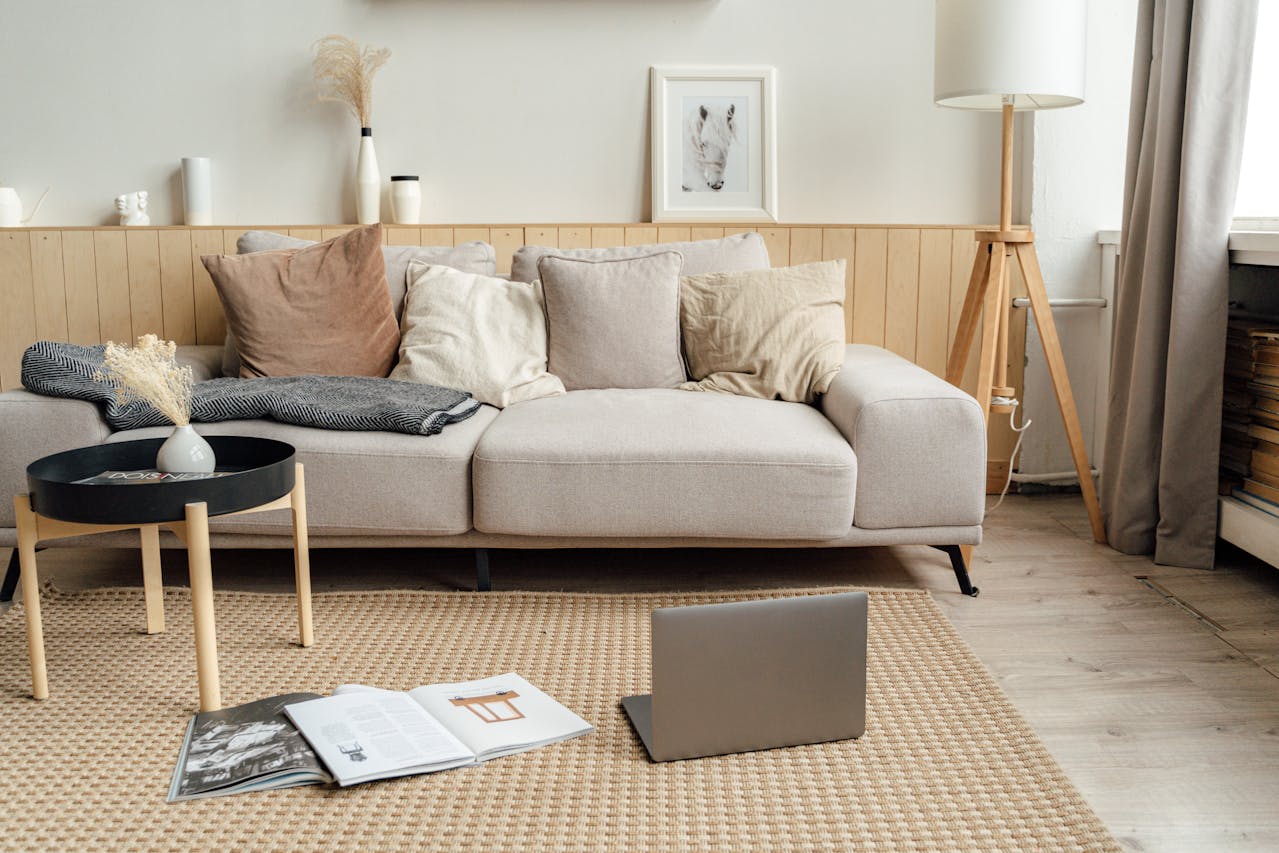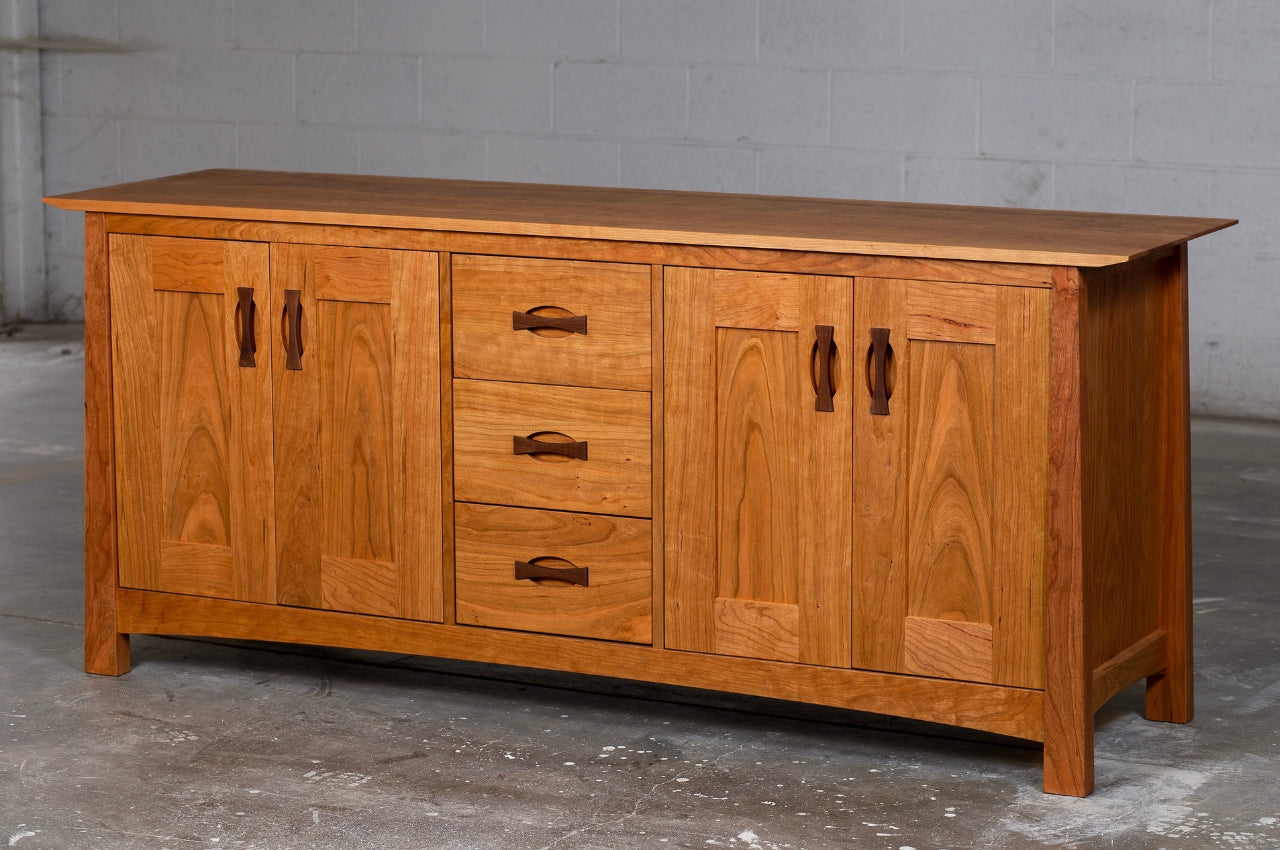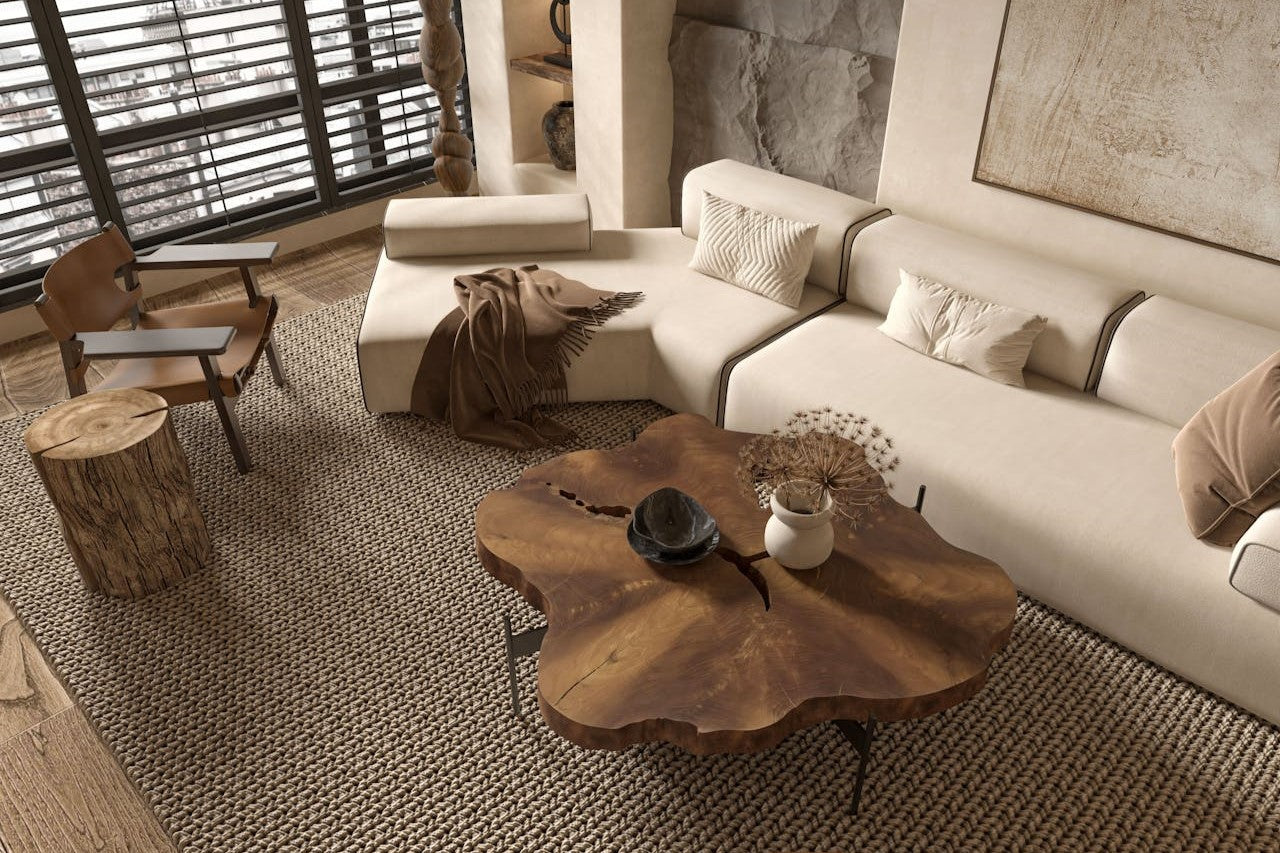Fast and cheap seem to be the trend, from jeans to shoes, and pretty much everything else, including furniture. Who can blame anyone? With the economy these days, a cheap furniture deal is a fantastic deal.
Unfortunately, fast furniture often contains harmful chemicals that off-gas in your home and silently lead to a wide range of potential health issues. With this in mind, does a cheap deal still sound like a good deal?
Now, what are these chemicals? Where are they found in furniture? Let's pull back the curtain and get to know this cocktail of potentially hazardous ingredients:
Formaldehyde
Formaldehyde is typically found in the adhesives used in pressed wood products like particleboard, medium-density fiberboard, and plywood, including some finishes and coatings. Now, this chemical is a known human carcinogen. Even at low levels, it can trigger irritation, and long-term exposure has been linked to respiratory issues, worse, an increased risk of certain types of cancer.
Flame Retardants
By the term itself, flame retardants are specifically added to materials to prevent burning or keep fire from spreading. The intention is for a reasonable purpose, but the trade-off is also serious.
Furniture manufacturers mainly used polybrominated diphenyl ethers (PBDEs) as a fire retardant in foam and textiles. However, as PBDEs are banned in many countries, some companies have shifted to organophosphate esters (OPEs).
At one point, OPEs were deemed a "less risky" alternative to PBDEs. Unfortunately, they still pose a health risk as endocrine disruptors. In adults, OPEs can impact reproductive health and increase the risk of miscarriages. Children are more vulnerable to its exposure, potentially contributing to neurodevelopmental issues.
Phthalates
Phthalates are a group of chemicals commonly used to make plastic more pliable. In furniture, they are likely found in vinyl upholstery and faux leather.
Like flame retardants, phthalates show a risk of disrupting hormones, potentially leading to a wide range of health conditions, from thyroid issues to developmental problems in children.
Polyvinyl Chloride (PVC)
Like phthalates, polyvinyl chloride often lurks in synthetic leather and vinyl upholstery, including coating and edge banding. Now, PVC isn't just found in furniture. It's a component in a plethora of products, including wires, pipes, and medical devices.
While PVC offers plenty of good uses, its main building block is carcinogenic. This means it poses potential health risks, not just to humans but to the environment as a whole. To exemplify the danger behind polyvinyl chloride, 45,000 animals died when a freight train carrying 115,580 gallons of vinyl chloride crashed in Ohio in 2023.
Chromium
Chromium is typically found in metal finishes, mainly in chrome plating on furniture legs, handles, and other metallic elements. It may also be used in leather tanning processes.
Exposure to chromium mostly happens during the manufacturing process, and the people who work in the steel and textile industries are the most at risk. However, it's still worth knowing how it might affect our health.
Chromium is a carcinogen, which means it potentially contributes to a wide range of health issues, mainly respiratory and gastrointestinal. It also potentially increases the risk of certain types of cancer. Moreover, industrial wastewater containing chromium that finds its way to crops affects their growth and yield.
Lead
Many countries have banned lead-based paint and coating. The United States, for example, has prohibited its use since 1978. So, where can lead be found these days? Lead-based paint, in particular, may still be present in vintage furniture, including older buildings.
Of course, it's worth noting lead isn't just found in paint. It's actually a naturally occurring toxic metal, and its extensive use in our products has resulted in contamination. Today, it may be found in batteries as well as imported furniture, ceramic items, jewelry, and more.
VOCs and Off-Gassing
Many of the chemicals listed above are volatile organic compounds (VOCs) that easily evaporate into the air. In furniture, they are the gases emitted from adhesives, paints, and finishes.
How are we exposed to certain VOCs from furniture? As furniture sits in your home, these chemicals gradually release into the air, a process known as off-gassing. The concentration is typically highest when a piece of furniture is new. Exposure to them may trigger a headache, nausea, dizziness, and an allergic reaction with symptoms like coughing and irritation in the eyes, nose, and throat. A longer exposure may increase the risk of more serious health issues.
Certification to Look For
Now, on to the bigger question: how do we avoid the dangerous chemicals lurking in furniture? Number one, better safety standards should be in place, and it's necessary to explore safer alternatives. But this is the bigger and more complex picture.
For a regular consumer, avoiding VOCs from furniture can be done by investing in certified items:
-
OEKO-TEX® Standard 100, a certification for textiles tested for harmful substances
-
GREENGUARD Gold, a certification for products that meet stringent standards for low emissions of VOCs and other harmful chemicals
-
EWG Verified®, a label for products that meet the Environmental Working Group's strict standards for health and safety, with full ingredient disclosure and no harmful chemicals
-
Cradle to Cradle Certified™, a certification for products evaluated across five categories of sustainability: product circularity, clean air and climate protection, water and soil stewardship, and social fairness
-
Global Organic Textile Standard (GOTS), a certification to ensure textiles are made with certified organic fibers and meet strict environmental and social criteria
Invest in Solid Wood Furniture
Most VOCs in furniture are found in synthetic components. To create a healthier home, consider investing in furniture made with natural materials, and what's more natural than solid wood?
Unlike particleboard or MDF, solid wood doesn't require chemical treatments and large amounts of adhesives. When sourced responsibly, it's also more sustainable for the environment.
Solid wood furniture, especially one with a natural finish, can come at a higher cost upfront. But the investment may be worthwhile, knowing that your piece is safe, without dangerous chemicals to catch you off guard.
Related Posts
- Twin, Full, Queen, or King? What Mattress Size Is Best for You?
- Keep Your Family Safe from Furniture Tip-Overs
- Pet-Friendly Fabrics From American Leather
Featured Photo by Antoni Shkraba Studio from Pexels



Leave a comment
This site is protected by hCaptcha and the hCaptcha Privacy Policy and Terms of Service apply.